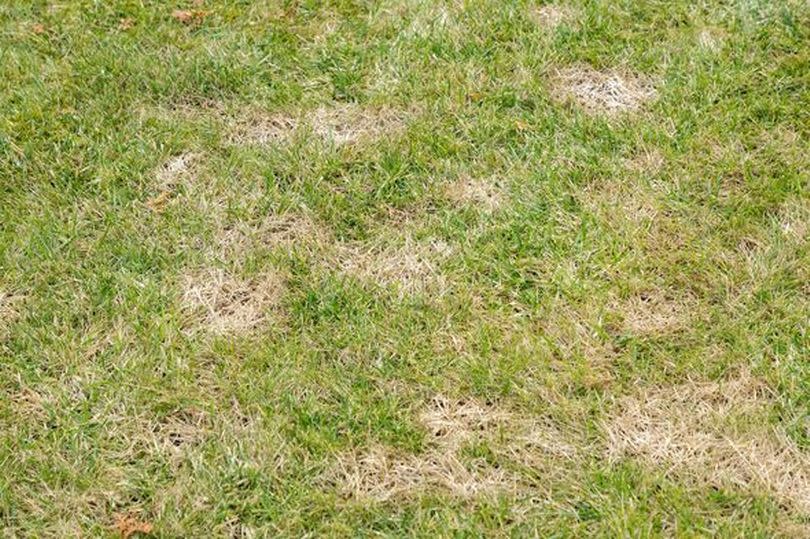Stop lawn turning 'yellow and straw-like' by avoiding common gardening mistakes

UK temperatures are on the rise, with warm weather predicted for most of the week.
This means that those with a green thumb should take extra precautions with their lawns, including avoiding one major blunder which could lead to "a brown lawn".
Cheryl Harper, who heads up Greensleeves Lawn Care, said: "One of the most common things that impact lawns during the high summer months is increased footfall.
READ MORE: The isolated Tenerife village where Jay Slater went missing described as 'dangerous' by locals
READ MORE: Liverpool records highest rate of 'biblical' STI outside of London
"With families enjoying their garden space, BBQs with friends and leisurely afternoons of sunbathing, the lawn gets much more use than the rest of the year and the soil can start to get compacted.
"Combine that with the blazing sun and very little moisture and your lawn can start to look more than just a little worse for wear very quickly."
Instead of implementing a "keep off the grass" rule over the summer months, there are some easy steps to help minimise the risk of a brown and patchy lawn, reports the Express.
While many might assume their lawn has died if it turns brown, this is normal during the summer months. It may not look great but this is simply because it isn't getting enough water.
The lawn expert said: "Without sufficient water, your lawn can turn yellow and straw-like, taking months to recover. To maintain a green lawn during these hot spells, deep watering a couple of times a week is often more effective than daily light sprinkling.
"Be strategic about when and how you water your lawn, especially when it is hot."
Cheryl advises watering the lawn in the early morning, as the grass can take in necessary moisture before evaporation rates increase due to the day's heat. She suggests against watering during peak sunlight hours, where rapid evaporation may prevent water reaching the grassroots.
Cheryl added: "Similarly, watering in the evening can increase the risk of diseases like red thread by leaving the grass damp overnight."
Additionally, fertilising the lawn under hot conditions can result in "fertiliser burn", detrimental to your green space. The professional recommendation is to delay until the temperature drops or ideally, proceed on a rainy day once the grass has dried.
Finally, remember to let your lawn breathe in the heat and tackle weeds promptly to stop them from taking critical nutrients.

 Yahoo News
Yahoo News 
